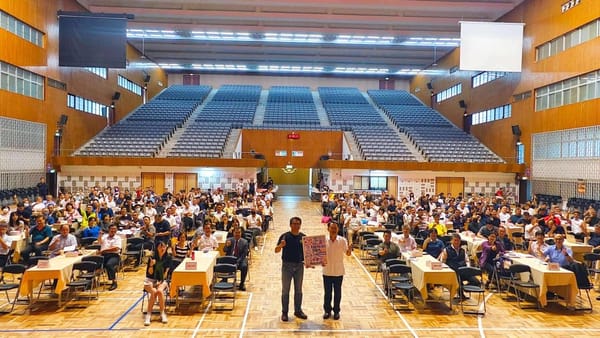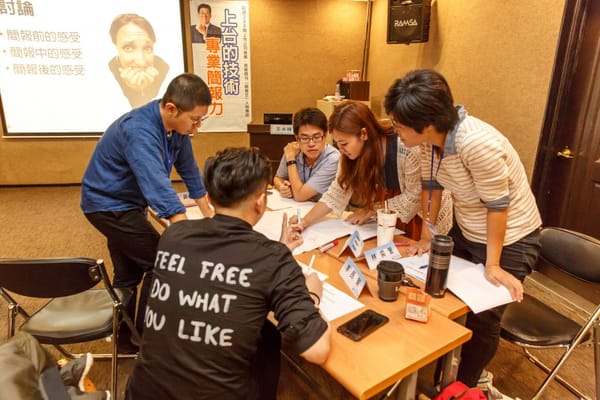How to Make Your Audience Remember Your Presentation – 3 Powerful Methods

Have you ever walked out of a great presentation, feeling inspired—only to realize later that you can't recall the key takeaways? You're not alone. This disconnect between engagement and retention is one of the biggest challenges speakers face today.
I witnessed this phenomenon firsthand at a recent product presentation. The speaker, Zoe, a marketing manager from a leading LED manufacturer, delivered what seemed to be a perfect presentation. Her stage presence was commanding, her product knowledge impressive, and her storytelling captivating. During the break, I asked several attendees about their impressions. While they enthusiastically described the presentation as "excellent," "engaging," and "fascinating," they struggled to articulate specific key points. More tellingly, when asked about the product's core features and benefits, each attendee had a different interpretation. This left Zoe wondering, "I delivered a great presentation – so why didn't my message stick?"
The answer lies in a common oversight: many speakers focus on being engaging without strategically planning for memory retention. Sometimes, a highly entertaining presentation can actually overshadow its key messages. The audience becomes so caught up in the speaker's performance that they miss—or fail to retain—the essential points. Here are three proven strategies to ensure your message doesn't just engage but also endures in your audience's memory.
1. Less is More
No matter how much content you have, distill it into 3-5 key points. Better yet, aim for just three points! The human mind naturally gravitates toward processing information in threes – it's the sweet spot for retention. If you must include more, keep it within five points. Ask yourself: if your audience could remember only three things from your presentation, what would they be?
When everything is important, nothing stands out. One effective way to structure your points is by using memorable metaphors or frameworks. For instance, in one of my presentations, I structured the key points of presentation mastery into three stages: "The mountain is a mountain / The mountain is not a mountain / The mountain is a mountain again," with three specific recommendations for each stage. Years later, participants still remember this framework and its associated points. Trust me, if your audience deeply understands and recalls 3-5 key messages, you've achieved something remarkable.
2. Slide Enhancement
Certain presentation techniques excel at reinforcing key points visually. A powerful technique, known as the Takahashi method, emphasizes large typography with minimal text to highlight key takeaways. This approach, combined with strategic overview slides and well-crafted closing summaries, creates multiple touchpoints for memory retention.
Visual impact matters too. Striking images paired with carefully chosen keywords or memorable slogans can anchor your main points in your audience's memory. The key is to first crystallize your message, then use slides to amplify it. For example, when presenting the three mountain stages mentioned earlier, I used dramatic white text on black backgrounds with oversized typography – creating visual impact that reinforced the verbal message.
3. Strategic Repetition
Embrace strategic repetition – it's not redundancy, it's reinforcement. After introducing your key points, weave them naturally into each section. Then bring them home in your conclusion. Each repetition deepens the neural pathways that help your audience remember your message.
Consider Steve Jobs' masterful iPod launch. He opened by highlighting its portability, reinforced this feature while discussing three key benefits (using impactful large-text slides), and concluded with a memorable flourish – pulling the device from his pocket to demonstrate its "incredible" portability. Through this deliberate repetition, he ensured that portability became the iPod's unforgettable feature.
Make Your Message Stick
A brilliant presentation loses its impact if the audience doesn't remember your key points. Instead of hoping for audience recall, strategically design for it. By applying these three techniques – "Less is More," "Slide Enhancement," and "Strategic Repetition" – you won't just deliver a great presentation—you'll leave a lasting impression. Try them in your next talk and watch your message resonate long after you've left the stage!




